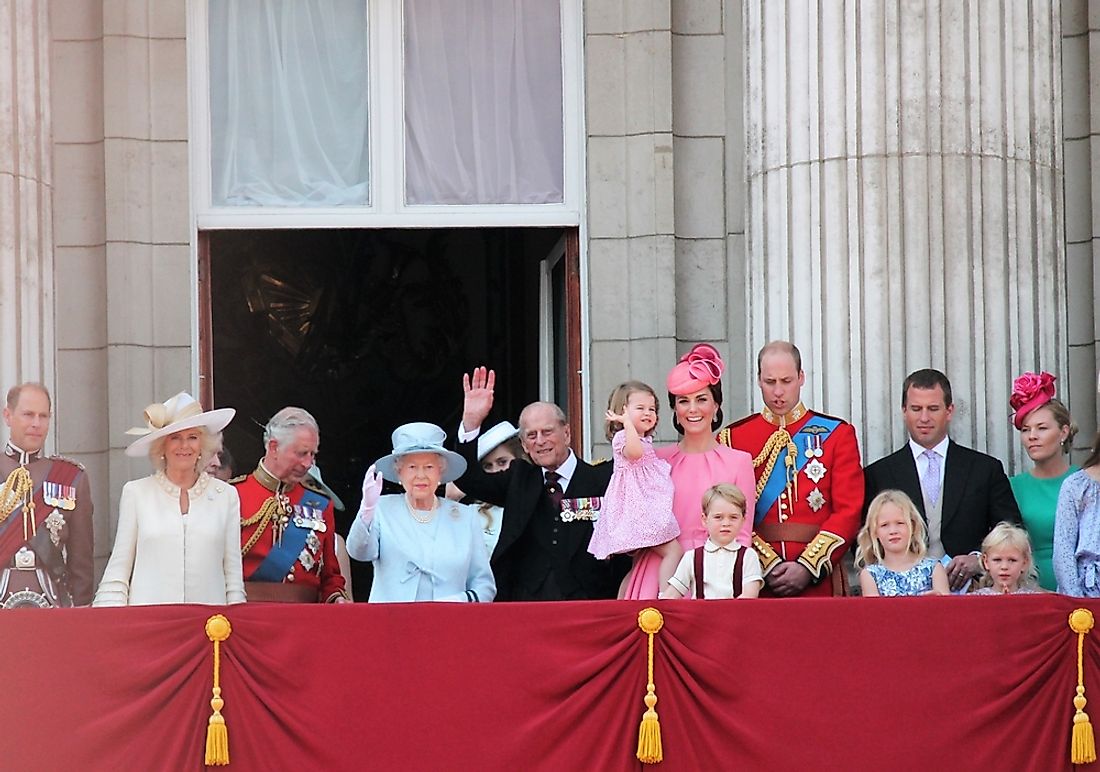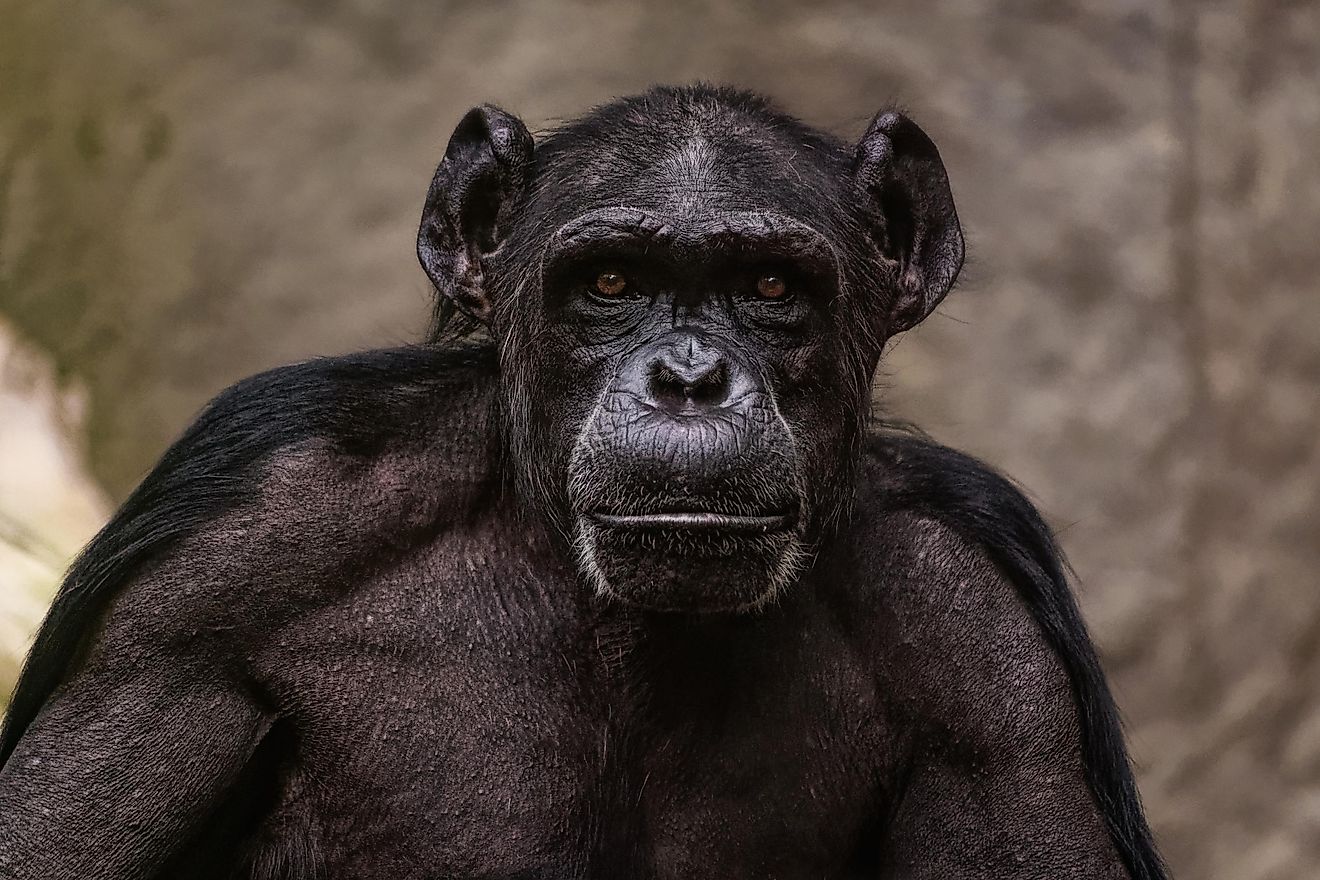Do Members of the Royal Family Have Surnames?

The British royal family is made up of the monarch, who is currently Queen Elizabeth II, and those closely related to her majesty. The exact list of these close relations is unknown since there is no definition of royalty. However, the monarch and her children, male children, and grand-children of the current and past monarchs, the children of the eldest son of the Prince of Wales, and widows can all be classified as royalty.
The House of Windsor
Prior to 1917, the British royal family did not use a surname. Back then, members of the royal houses used their first names together with the house name or the name of their dynasty. Dynasties included names such as the House of York and the House of Tudor.
However, in 1917, King George V decided to change the name of his house from Saxe-Coburg-Gotha to Windsor. Primarily, he made the change because of the German origins of the previous name. The name Windsor originated from one of the royal family’s possessions, the Windsor Castle. To this day, the British royal family is known as the House of Windsor.
Mountbatten-Windsor
Queen Elizabeth is the granddaughter of King George V. When she married Philip Mountbatten, she made some slight changes to the Windsor surname after her father passed away and she ascended to the throne. Mountbatten then became the Duke of Edinburgh and identified as Prince Phillip.
The year 1960 saw the aforementioned changes to the surname. In a bid to distinguish their branch of the family, the Queen and the Prince issued a decree that all their children and their descendants would use the surname Mountbatten-Windsor. Today, any member of the royal family is free to use either Mountbatten-Windsor if a surname is required. For example, the Queen’s daughter, Princess Anne, used the hyphenated surname upon her marriage in 1973.
Exceptions
The surname Mountbatten-Windsor is there for use by the members of the British royal family if needed, but not as an obligation. In fact, some members have decided to use territorial surnames instead. A good example of such a case is when the children of the Prince of Wales. Prince William and Prince Harry decided to go as William Wales and Harry Wales during their time in the military. The children of the Duke of York, Princess Eugenie and Princess Beatrice, have also used the name “York” as a surname. Others, such as the daughter of the Earl of Essex use the original name, Windsor, instead of the hyphenated form.
Another exception applies to those members who either have "His Royal Highness Prince" or "Her Royal Highness Princess" before their first names. In this case, a surname is not required, although they are free to use the surname should they want. Some members just prefer to use their names only such as Princess Charlotte and Prince George. In the future, a different monarch would be well within their rights to change the surname. A name change is easy although it is not part of the law of the land hence the freedom afforded to the royal members pertaining its use.











